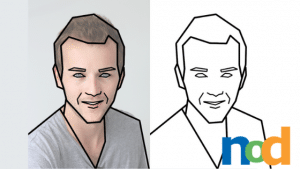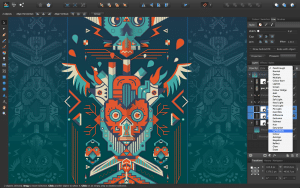Art in Motion: Expressionism
by Taylor Slattery | December 9, 2022
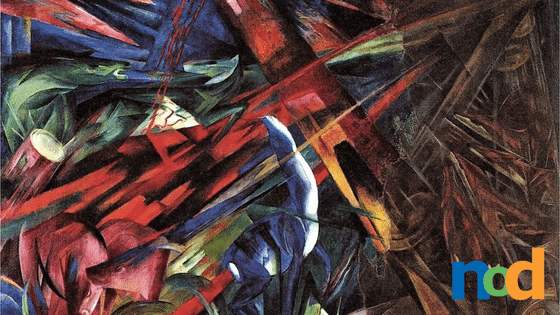
Source: Franz Marc, Public domain, via Wikimedia Commons
At the turn of the 20th century, a new form of artistic expression began to emerge in Germany. Many artists began to feel a certain incompatibility between their perceived roles as conveyors of personal truth and the increasingly fast-paced, machine-driven, mass-produced, industrial environments they found themselves living within. Feeling an alarming lack of personal connection with the world around them, these artists were searching for a new means of authenticating their existence.
The term Expressionism itself functions more as an umbrella, applied retroactively to many of its practitioners. As such, the movement itself is much more loosely defined when compared with other art movements of the time. This partly has to do with the sheer variety of the works that fall under this umbrella, with a more complete understanding of its complex connections and influences only becoming apparent in hindsight. In fact, the label of Expressionist has now been applied to several artists who themselves would have rejected the claim.
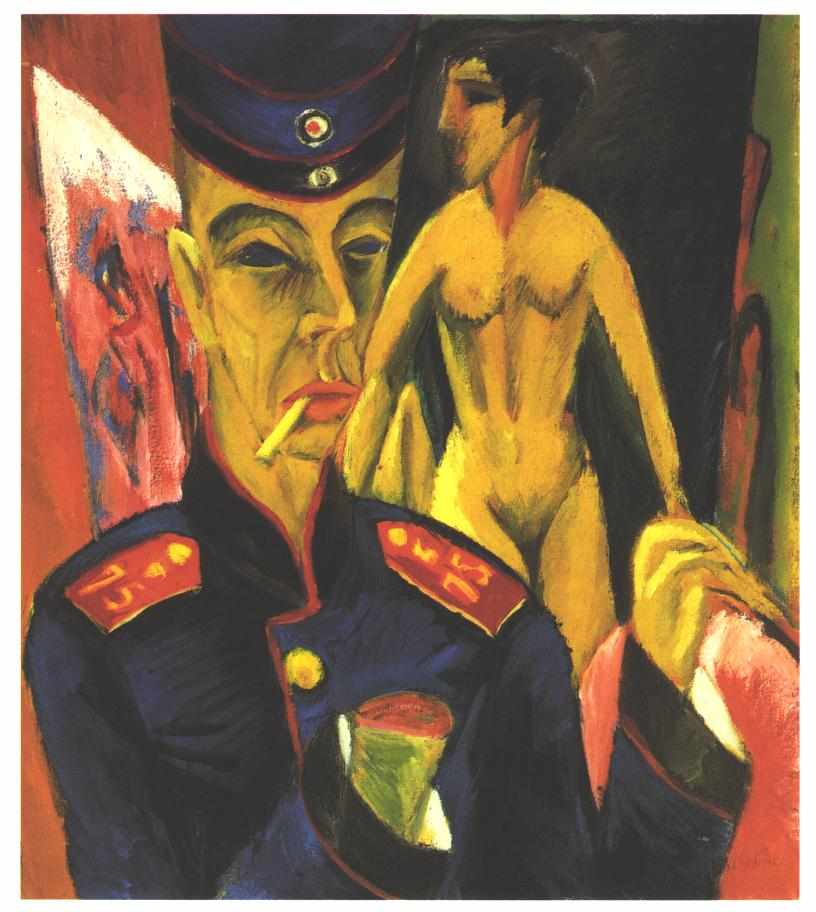
Source: Ernst Ludwig Kirchner, Public domain, via Wikimedia Commons
Despite the wide variety of viewpoints, mediums, and inspirations found amongst its practitioners, there is, however, a general overarching attitude that unites the works that fall under the Expressionist umbrella. The first is a focus on subjectivity. Traditional art, namely realism, felt like a far cry from the daily realities these artists were experiencing. Turning to the page, canvas, or stage, they sought to depict their personal realities through the expression of emotion rather than through the suggestion of a thought or historical allegory. The multitude of modernist movements popular at the time provided a diverse set of building blocks for these artists to work with, which along with a focus on subjective experience, contributed to the widely varied outputs of artists labeled as Expressionists.
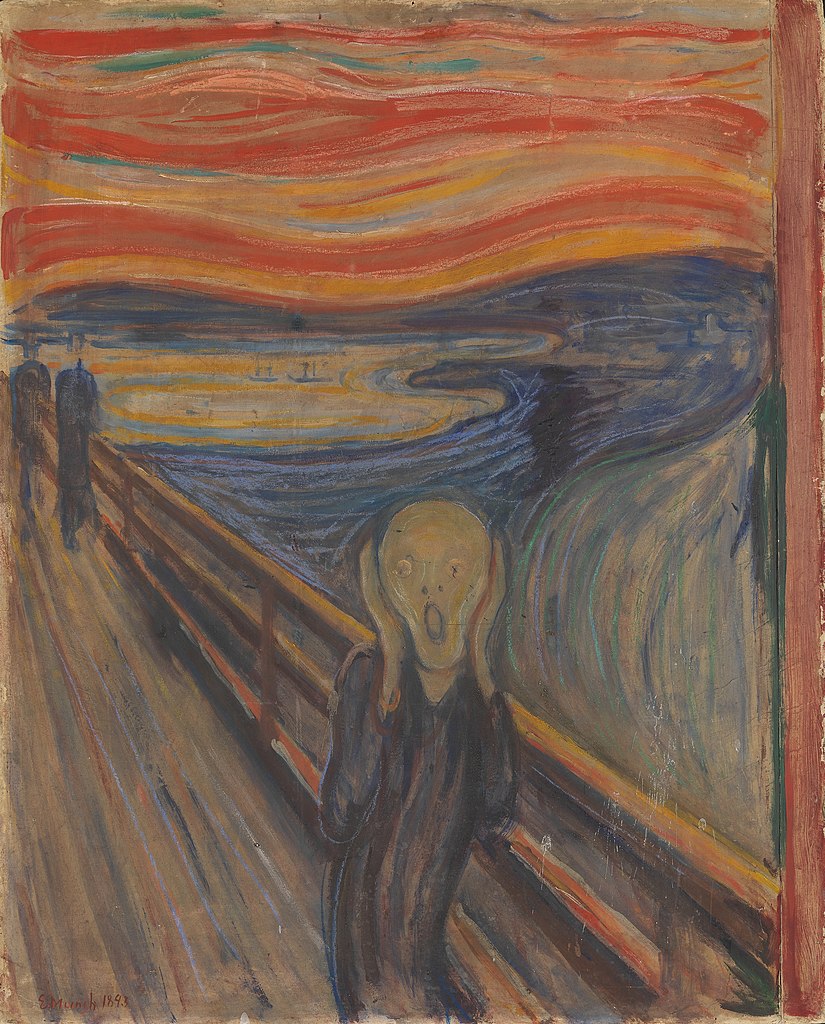
Source: Edvard Munch, Public domain, via Wikimedia Commons
The primary emotion expressed by these works seems to be one of angst. Born from a quiet sense of dread resulting from city life and perhaps combined with the ominous presence of the coming world war looming on the horizon, the literal and visual works produced during this time possess a notable sense of unease. Looking at the movement’s paintings gives the viewer the sense that their creators must have been in an overwhelmed state of mind while they were painted. You can feel the boundaries of reality breaking down—figures are grotesque and abstracted nearly beyond recognition, the brushwork is often chaotic or frantic, and colors pulse or fade into their most extreme or faint versions of themselves depending on the artist’s perspective.
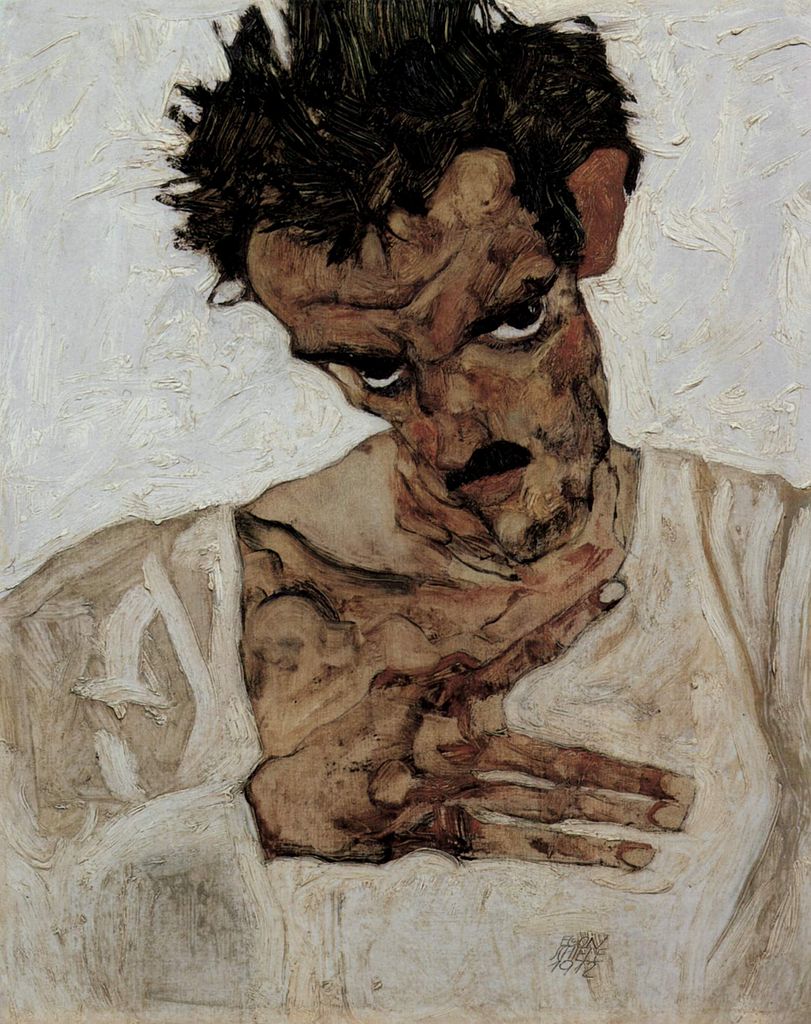
Source: Egon Schiele, Public domain, via Wikimedia Commons

Taylor is the Managing Editor of Notes on Design. Taylor is a graphic designer, illustrator, and Design Lead at Weirdsleep.
For creatives seeking a thorough training in illustration and graphic design, Sessions College offers accredited fully online illustration certificate and illustration degree programs. Contact Admissions for more information.





























